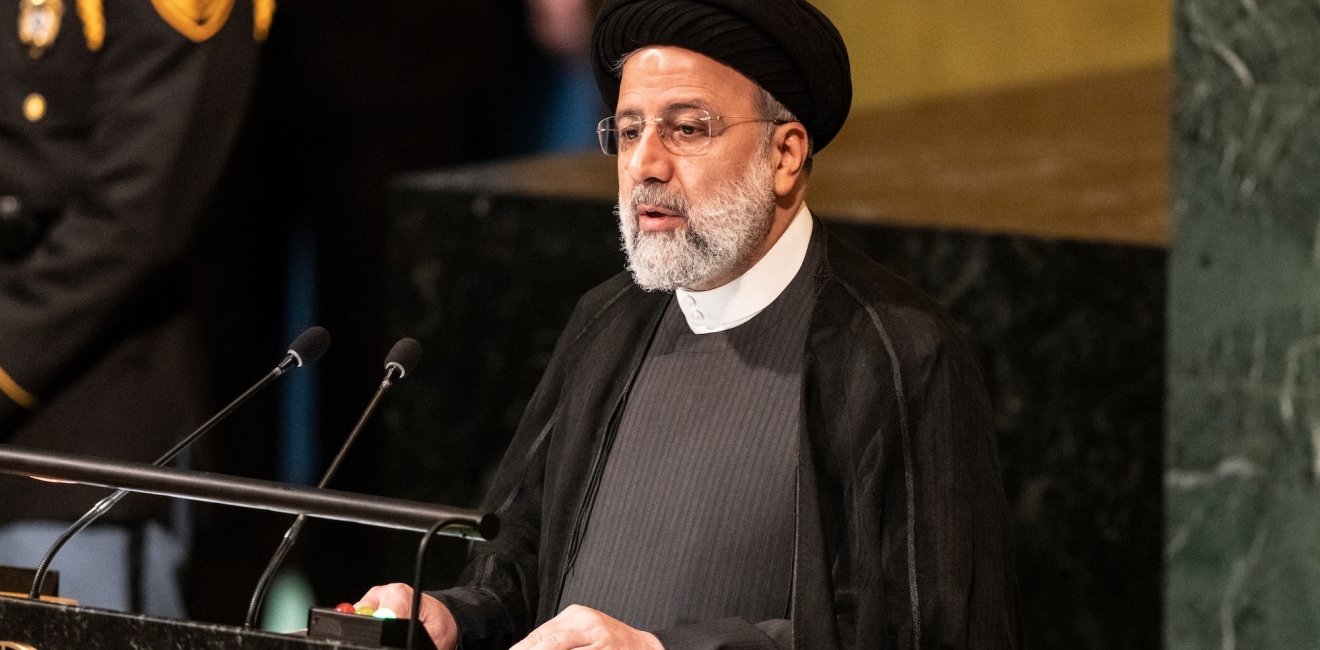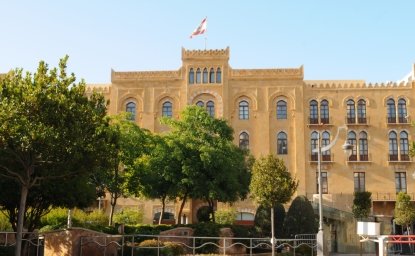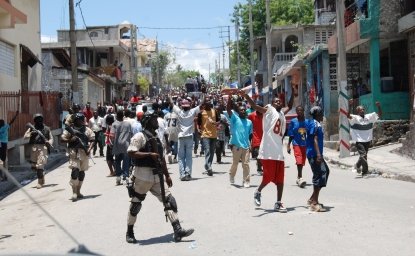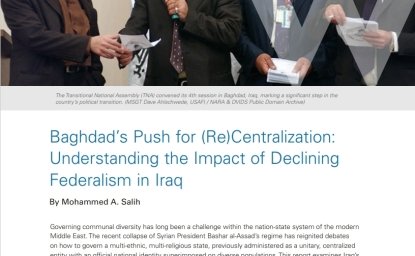We are nearing the end of the seventh week of protests and demonstrations across Iran, which began after 22-year-old Mahsa Amini died in police custody after being arrested for violating strict Islamic dress code. In the last seven weeks, more than 270 protesters have been killed by the security forces, among them over 40 children. A larger number were wounded, and several thousands were arrested and are in prison awaiting indictment and trial. Elementary and middle school children have been taken away to rehabilitation centers for “reeducation.” The regime is waging an all-out war against its own young citizens—against the generation born, raised, educated and (the regime believed) fully indoctrinated under the Islamic Republic. Yet this is a generation that is social-media savvy; it is connected to the outside world; its young women and men are as alert and smart as their contemporaries around the world. They want freedom and they want regime change.
As a friend told me the other day, the leadership of the Islamic Republic 'is living in LaLa Land'.
The regime either does not comprehend the aspirations, grievances, and frustrations of this young generation, or it understands, but only grasps the threat they pose to its repressive autocracy and outdated—even medieval—social norms that it wants to impose on them. As a friend told me the other day, the leadership of the Islamic Republic “is living in LaLa Land.”
Consider, the Supreme Leader has blamed the widespread protests by his angry countrymen and women on foreign governments and their intelligence agencies, particularly the CIA and the Israeli Mossad. President Raisi, the Commander-in-Chief of the Islamic Revolutionary Guard Corps (IRGC), the chief of its intelligence unit (the Minister of Islamic Guidance), and the government press have all echoed him. To prove that a ‘foreign hand’ is behind the protest movement, the security agencies had arrested a number of foreign nationals who happened to be in Iran during the protests. The two women journalists, Niloofar Hamedi and Elahe Mohammadi, who broke the story of Mahsa’s death and reported on her funeral in her hometown of Saqqez, in Iranian Kurdistan, have been arrested and charged as agents of the CIA.
Nobody in Iran believes these fictions—just as no one believed the government’s claim that the fire that broke out in Evin Prison last month was started by inmates in a workshop, that Mahsa Amini died from a heart attack, or that another woman killed by the security forces had jumped off a building rooftop. The regime has lost all credibility among the people.
Nor are the young women and men protesting on university campuses and in the streets intimidated any longer. On Saturday, October 29, General Hossein Salami, the Commander-in-Chief of the IRGC, issued an ultimatum: either the demonstrations end or the demonstrators face the IRGC itself. (So far, it has been the special units of the riot police and the paramilitary Basij forces that have tried to crush the protests). In a speech the next day, President Raisi reminded the public that government security is “the red line” that no one will be allowed to cross, and the the protests must end. The head of the unit charged with “Promoting the Good and Forbidding Evil” announced that his organization will continue to impose the proper hijab, but now with the backing of the paramilitary Basij forces, and the two organizations will establish joint offices in local mosques across the country. Yet the protests have continued; crowds in Saqqez, who gathered at the graveside of Mahsa Amini to mark the 40th day after her death, echoed the cry, “death to the Dictator.”
The authorities persist in following their already discredited playbook. Last week, they announced public trials for the hundreds arrested during seven weeks of demonstrations. Mass trials are nothing new in Iran. Hundreds of protesters crying “where is my vote?” were arrested when President Mahmoud Ahmadi-Nejad was elected to a second term in 2009, in what many regarded as a rigged ballot. Then arrestees appeared sitting in long rows on benches in a courtroom in a mass trial. Yet these courts have no legitimacy. The long prison sentences they issue, often to solitary confinement, are intended to intimidate would-be dissenters and protesters and their families. Another show trial seems to be in the offing.
But the current uprising was a product of the government’s own foolishness.
With a younger generation that’s on edge and a population that’s had its fill of political repression, maladministration, sanctions and economic hardship, any incident could have ignited public anger and protests. But the current uprising was a product of the government’s own foolishness. Where the hijab was concerned, a kind of modus vivendi had been reached. Women covered in public, but with a skimpy scarf; in the more affluent, northern parts of Tehran and even in some residential areas in other cities women wore their scarves loosely draped on their shoulders. By and large they were left alone.
Yet, out of the blue, President Raisi announced a few months ago that government offices, banks and other organizations had to require the strict Islamic hijab; once again, the Morality Police (Gasht-e Ershad) began to try to enforce the hijab on the streets. It was this ill-considered order that led to the arrest of Mahsa Amini for infringement of the dress code, her beating while in custody, her death, and the explosion of protests.
The regime must have believed that, as previously, they could contain the demonstrations in a few days. In the past several years, there have been protests against the high cost of living, unpaid salaries, and a rigged election. On each occasion, the Basij forces and the riot police were called out; and soon arrests and repression worked. The crowds were dispersed, and the protests died down.
The courage women showed facing the Basij, riot police and the other security forces galvanized women in Iran and also women’s groups and leaders around the world.
This time, however, has proven different. The regime didn’t count on the perseverance of the demonstrators, the enduring power of the slogan, “women, life liberty” or the international support that the image of a young woman killed simply over the matter of a scarf too loosely draped over the head would engender. The courage women showed facing the Basij, riot police and the other security forces galvanized women in Iran and also women’s groups and leaders around the world. The often-divided Iranian diaspora also found a common cause and has played a central role in publicizing the reports and videos coming out of Iran of the protests and the brutality of the security forces. They have organized marches and demonstrations in a number of cities and towns around the world.
By its ill-considered yet characteristic attempt to dictate to a people who have no say in how they are ruled, the regime let the genie out of the bottle; all its riot police, Basij forces, IRGC and their threats cannot force the genie back in.
The views expressed in these articles are those of the author and do not reflect an official position of the Wilson Center.
Author


Middle East Program
The Wilson Center’s Middle East Program serves as a crucial resource for the policymaking community and beyond, providing analyses and research that helps inform US foreign policymaking, stimulates public debate, and expands knowledge about issues in the wider Middle East and North Africa (MENA) region. Read more


Middle East Women's Initiative
The Middle East Women's Initiative (MEWI) promotes the empowerment of women in the region through an open and inclusive dialogue with women leaders from the Middle East and continuous research. Read more





